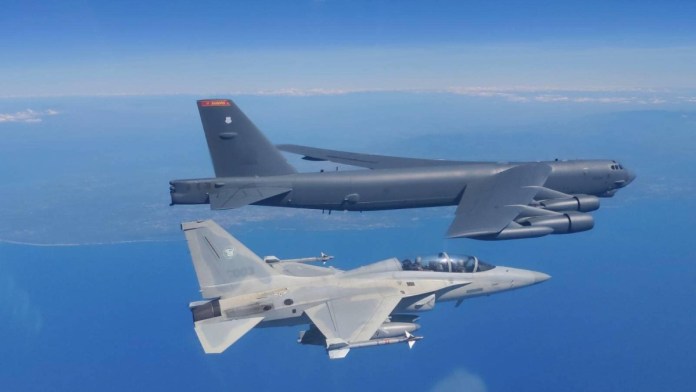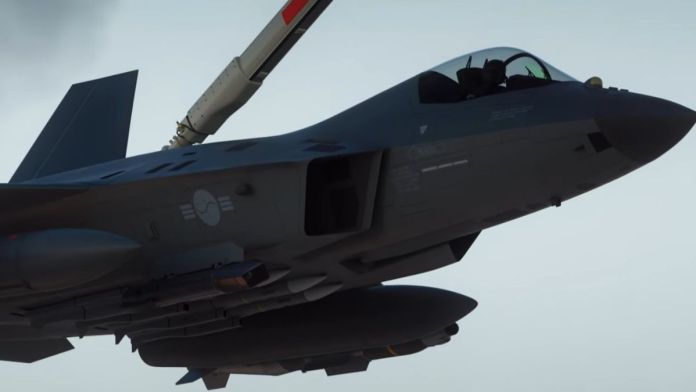TAIPEI - As Western navies build fewer aircraft carriers, destroyers and submarines, Asian navies are moving in the opposite direction, ignoring the littorals with construction and procurement of larger warships and submarines.
The U.S. and Europe have stepped back from larger platforms designed for the Cold War and invested in smaller platforms such as the U.S. Navy's Freedom-class Littoral Combat Ship (LCS). But this is not the case in East Asia and the Pacific, where there have been increases in spending on destroyers and submarines in Australia, China, India, Japan, South Korea and Taiwan, said Bob Nugent, vice president of naval advisory services at AMI International, based in Seattle.
One of the most notable cases involves Taiwan's procurement of four Kidd-class guided missile destroyers and plans to procure eight submarines. Japan and South Korea have also invested heavily in guided missile destroyers equipped with advanced phased array radars.
Even in budget-challenged Southeast Asian countries, the trend has been a shift from smaller to larger platforms, such as frigates and large corvettes. Examples include Singapore's Formidable-class frigates, Indonesia's SIGMA-class corvettes, Malaysia's recent decision on the SGPV/LCS frigates, and Vietnam's plan to buy SIGMAs and the pending delivery of Russian-built Kilo-class submarines.
The main reason regional navies are ignoring littoral capabilities has to do with geography. In the region, "the home team enjoys an enormous advantage of range and proximity and the attacker would have to be prepared to conduct pre-emptive strikes against the coast state's bases before conducting operations in the littoral," said Sam Bateman a regional naval specialist at the S. Rajaratnam School of International Studies, Nanyang Technological University, in Singapore.
The U.S. Navy should "think twice" about deploying classic sea control/power projection capabilities, such as carrier battle groups, within range of subs and land-based strike aircraft, Bateman said. The U.S. Navy's new LCS will be "hugely vulnerable without close-air support and that cannot be guaranteed."
The U.S. and Singapore have recently agreed to allow the U.S. Navy to station the LCS in Singapore.
Air support is the "elephant in the room" with littoral warfare, Bateman said. Littoral warfare is dependent on fire support directed against targets on land, either from aircraft close-air support or naval gunfire. Despite all the advances with missiles, "the big caliber naval gun remains an attractive and effective way of putting down fire in coastal areas."
Another problem in the Asia-Pacific has been increased tension over exclusive economic zone (EEZ) claims, particularly in the South China Sea. Many countries, including China, claim restrictions over naval operations in their EEZs.
Some within the region have invested in stealthy vessels to avoid detection in the littoral environment. Singapore's Formidable-class frigates are based on the stealthy French-built La Fayette-class frigates and Singapore's ST Engineering is conducting research to develop the 27-meter Stealth Interceptor and 57-meter Stealth Patrol Vessel.
Taiwan wants to build a stealthy 900-ton catamaran corvette and is manufacturing a stealthy 180-ton fast-attack missile patrol boat, armed with Hsiung Feng-2 anti-ship missiles. The stealthy SIGMA-class corvettes procured by Indonesia and now being considered by Vietnam are other examples.
For Asian countries dealing with the littoral issue, the challenge is finding the right investment balance among intelligence, surveillance and reconnaissance (ISR) and defensive and offensive technologies, Nugent said.
"Unmanned systems are critical to ISR and defense in the littoral now and will become more so for offensive littoral warfare as unmanned maritime systems are more widely armed for all domains in the future," he said. Investments in better sensors and C4ISR are the other areas where the "gaps that create vulnerabilities in ship's self-defense against missiles and torpedoes in the littoral are getting a lot of attention."
Another area of growing interest is the use of unmanned surface vehicles (USV) and unmanned underwater vehicles (UUV). ST Engineering is developing the 9-meter Venus USV ostensibly for harbor patrol, but the vessel has potential for littoral warfare.
USVs and UUVs will be "particularly useful for littoral warfare as they can be launched outside the EEZ or convenient surveillance range of the coastal state, which is unlikely to have the capabilities of detecting them," Bateman said. "They can be used for surveillance/intelligence collection and as an offensive weapon - to lay mines or fire torpedoes," he said.
There is also potential for anti-submarine warfare, but that capability is as yet "unrealized."

